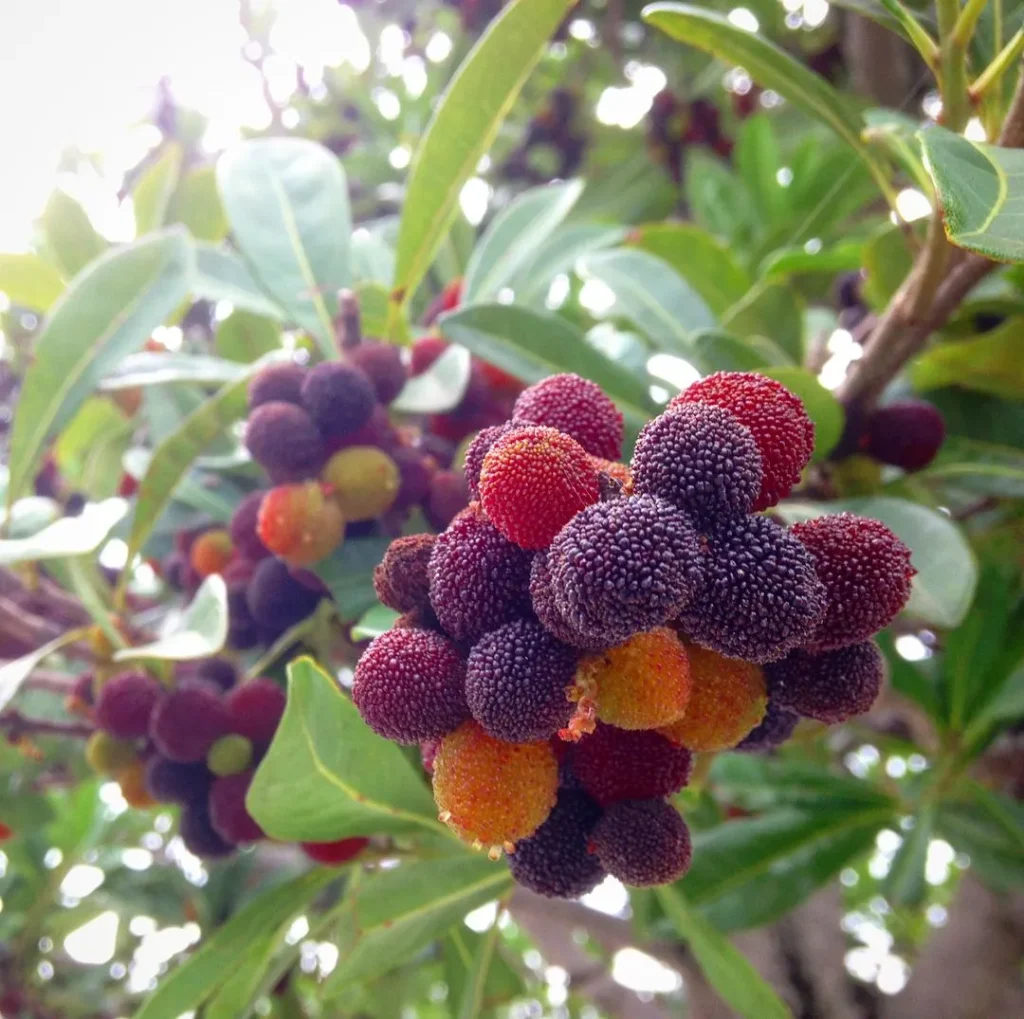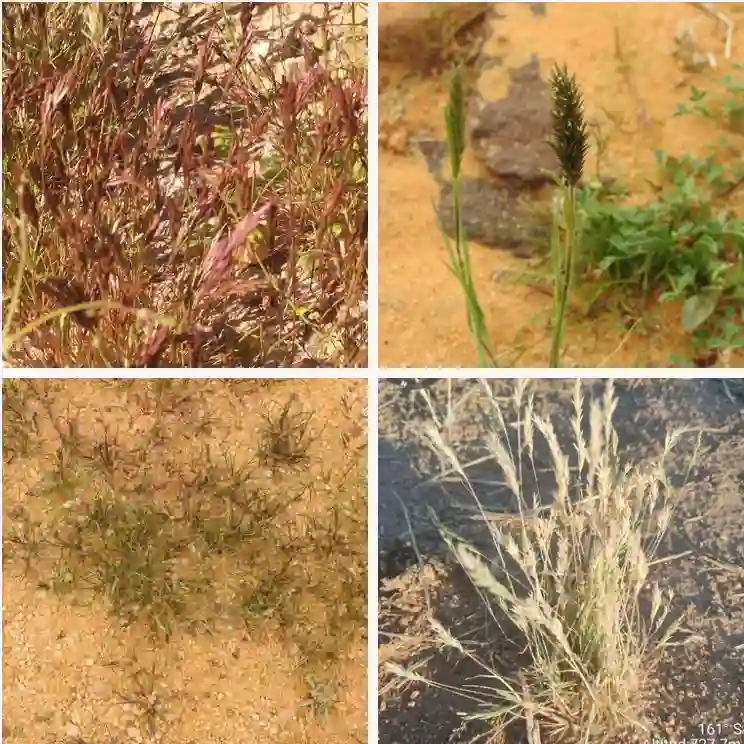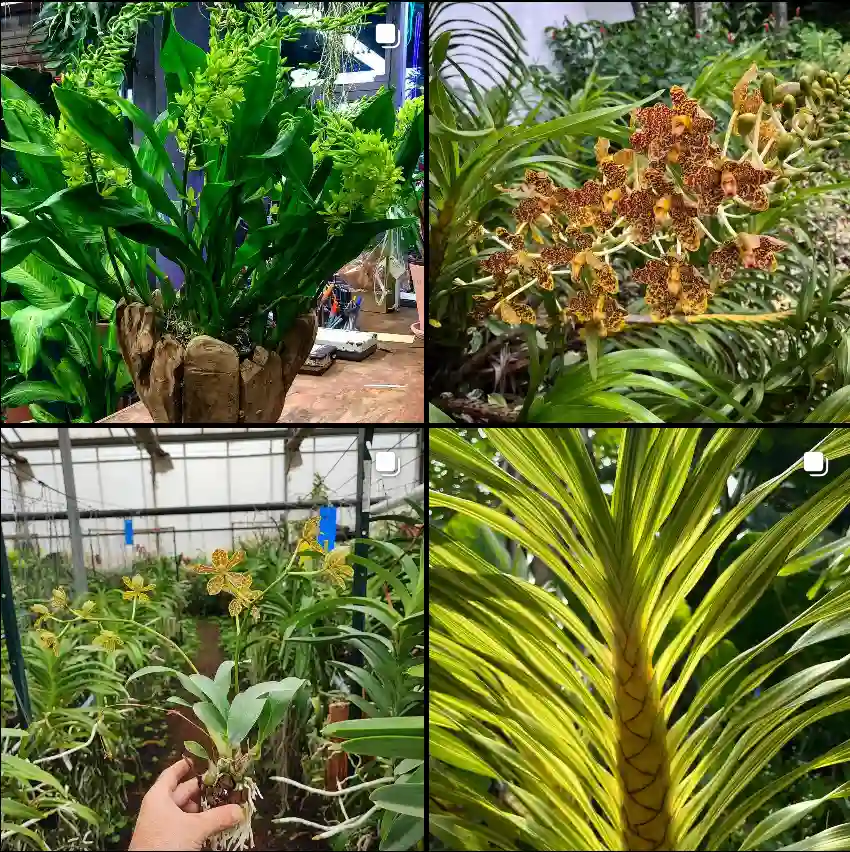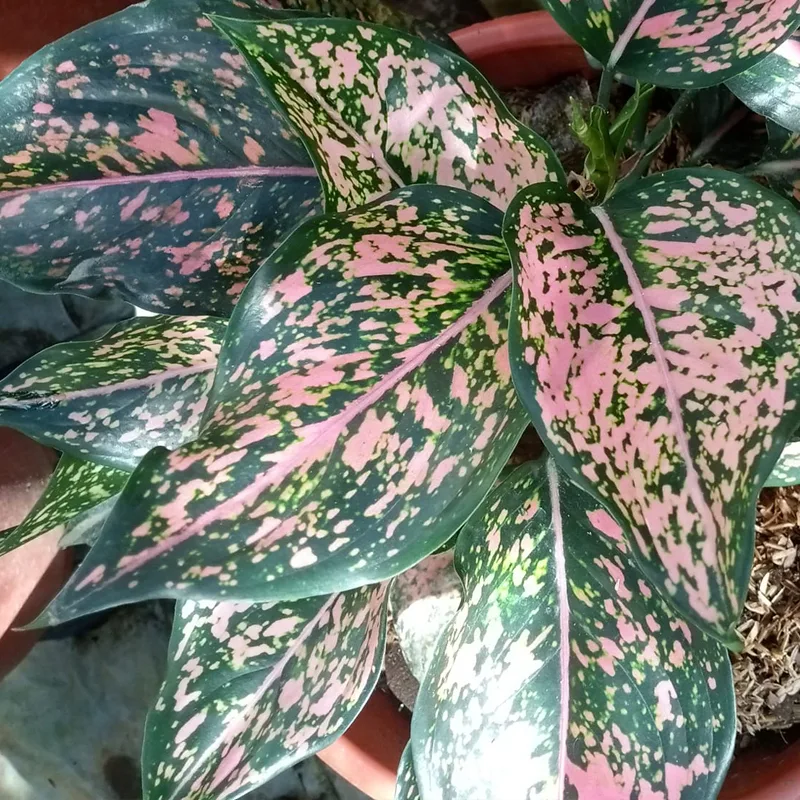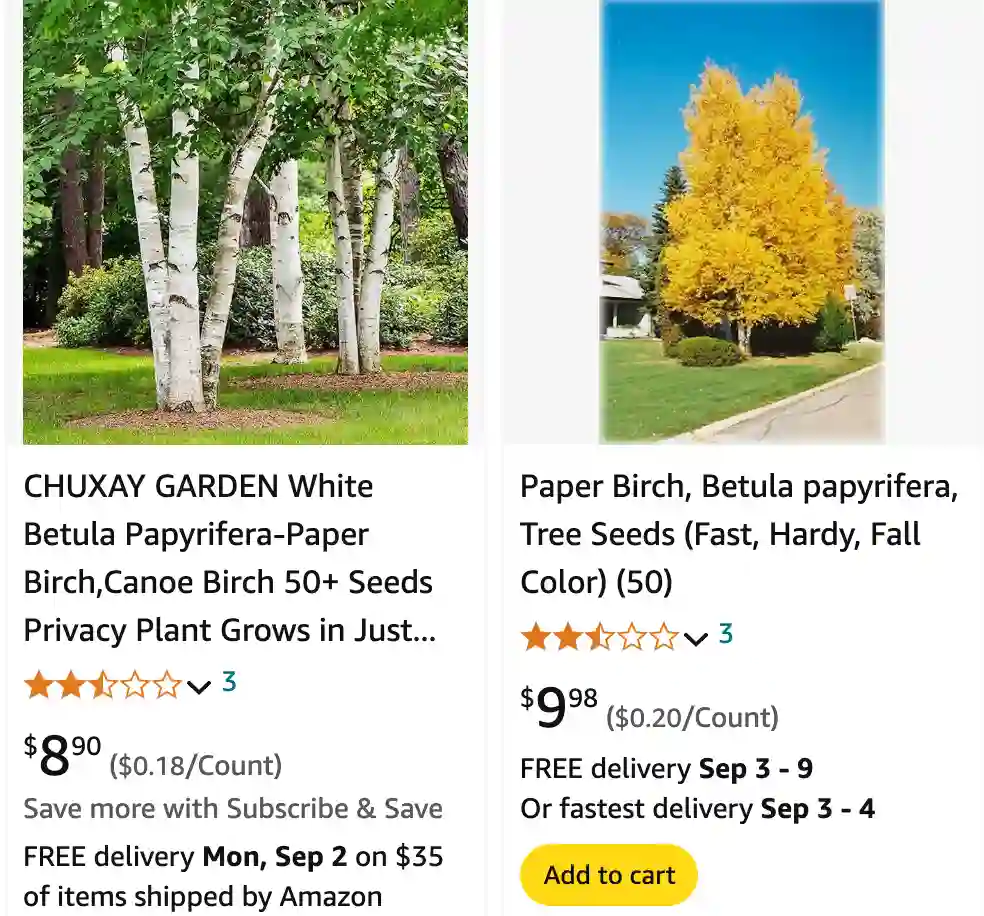
FAQs About Betula Papyrifera
Betula Papyrifera, commonly known as the Paper Birch, is a striking deciduous tree that stands out in any landscape with its white, peeling bark and graceful, delicate leaves. As someone who has grown and admired this tree, I’ve often encountered questions about its care, propagation, and comparison with similar species. Here’s a comprehensive guide addressing the most frequently asked questions about Betula Papyrifera.
87 Species in Genus Betula – Birch Tree
What Is Betula Papyrifera?
Betula Papyrifera is a species of birch native to North America, particularly thriving in Canada and the northern United States. It’s known for its distinctive white bark, which peels off in thin layers, revealing a fresh, orange-brown layer underneath. This tree is valued for its ornamental qualities and its ability to provide a striking contrast in winter landscapes.
How to Care for Betula Papyrifera?
Caring for Betula Papyrifera involves understanding its specific needs. Here are some essential tips:
- Soil: It prefers well-drained, slightly acidic to neutral soil. Avoid heavy clay soils or areas prone to waterlogging.
- Watering: Regular watering is essential, especially during dry periods. However, avoid overwatering as it can lead to root rot.
- Sunlight: This birch thrives in full sun to partial shade. It’s best to plant it where it can get at least six hours of sunlight a day.
- Pruning: Prune the tree in late winter or early spring to maintain its shape and remove any dead or diseased wood.
How to Propagate Betula Papyrifera?
Propagation of Betula Papyrifera is typically done through seeds or cuttings. Here’s a brief overview of each method:
- Seeds: Collect seeds from mature cones and sow them in a seed tray filled with a seed-starting mix. Keep the soil moist and provide light. Germination usually takes a few weeks.
- Cuttings: Take hardwood cuttings in late winter or early spring. Dip the cuttings in rooting hormone and plant them in a pot with a mix of sand and peat. Keep the soil consistently moist until roots develop.
What to Plant With Betula Papyrifera?
Betula Papyrifera pairs well with various companion plants that complement its aesthetic and growth habits:
- Underplanting: Shade-tolerant perennials such as hostas or ferns work well beneath its canopy.
- Accent Plants: Consider planting colorful shrubs like Rhododendrons or azaleas nearby to enhance the visual interest.
- Ground Cover: Plants like creeping thyme or sedum can provide an attractive ground cover that contrasts nicely with the birch’s bark and foliage.
Can You Grow Betula Papyrifera Indoors?
While Betula Papyrifera is primarily an outdoor tree, it’s not suitable for indoor growth due to its size and specific light and space requirements. It needs ample space to grow and thrives in a natural outdoor environment. Indoor conditions would be insufficient for its growth and health.
Is Betula Papyrifera Toxic?
Betula Papyrifera is not considered toxic to humans or pets. Its bark, however, is not typically used in culinary applications, and consuming any part of the tree should be avoided. Its primary use is ornamental, and it poses no significant health risks if handled properly.
Benefits of Betula Papyrifera
The Paper Birch offers several benefits:
- Ornamental Appeal: Its white, peeling bark provides year-round visual interest and a unique texture to landscapes.
- Wildlife Habitat: The tree provides habitat and food for various wildlife species, including birds and insects.
- Erosion Control: Its root system helps stabilize soil, making it useful for erosion control on slopes.
Common Problems with Betula Papyrifera
Despite its many advantages, Betula Papyrifera can encounter a few issues:
- Pest Issues: Look out for pests like birch borers and aphids, which can damage the tree.
- Disease: It may be susceptible to fungal diseases such as birch leafminer or cankers. Proper care and timely treatment can help manage these issues.
- Branch Dropping: The tree can shed branches, especially during heavy snow or ice conditions, which might require regular clean-up.
Betula Papyrifera vs Populifolia Buds
A common point of confusion is distinguishing Betula Papyrifera from Betula Populifolia, another birch species. One key difference lies in their buds:
- Betula Papyrifera: The buds are usually covered with a sticky, resinous substance and are somewhat more pointed.
- Betula Populifolia: The buds are smaller and have a more rounded shape, with less resin.
These differences can be subtle, but they help in identifying the species accurately.
In conclusion, Betula Papyrifera is a beautiful and resilient tree that adds significant value to landscapes. Understanding its care, propagation, and distinguishing features can help you successfully grow and enjoy this remarkable species. If you have any more questions or need further assistance with Betula Papyrifera, feel free to ask!
If i die, water my plants!
